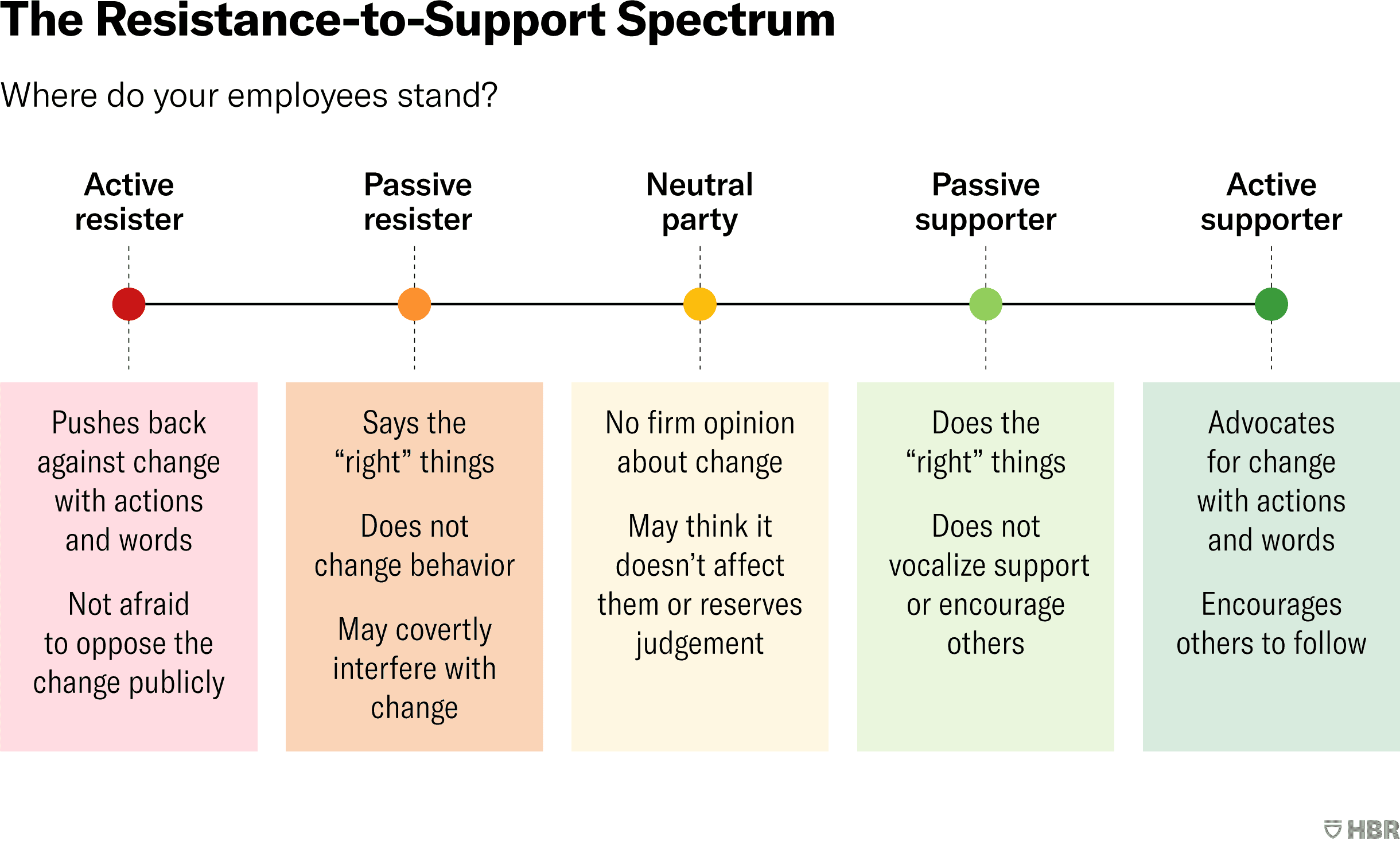WORK CULTURE: Nothing Matters More in Finding Fit
Your Work Culture Drives Everything in Your Business
“Culture eats strategy for breakfast,” said Peter Drucker, often called the Father of Modern Business Management.
The route to business success is to have a healthy, productive culture. Hiring to ‘Fit” that culture is critical. Having a tool (PXT Select) that helps you have objective measures to identify and replicate the culture is a game changer.
Work Culture is a Clue to Who “Fits”
More than 500 Major League baseball players were drafted to fight in WWII. The Germans knew everything about the American culture and everything about the American people, but the one thing they knew nothing about was baseball vernacular.
So the guy next to an American soldier might have American dog tags, may be wearing an American uniform, but if he didn’t know who played the keystone sack for the Dodgers, he might have been killed (because he would have been suspected of being a German spy). Baseball culture provided passwords on the most forward lines (“From New Orleans,” 2010).
In WWII, not knowing the culture of baseball could get you killed. In the world of work, not knowing the culture of your organization can get you fired. Four out of ten newly promoted managers and executives fail within 18 months of starting new jobs and the number one reason for failure (75% of the time) was a failure to establish a cultural fit (Lublin, 2003).
When Creating Change, Consider the Work Culture
Ask Julie Roehm how important cultural fit is. After making her name at Ford and Chrysler, Julie was lured away by Wal-Mart. After only 10 months, she was ousted. She admits to making the common mistake of new “change agents” that they expect a change before they listen. What did she learn from it? “The importance of culture. It can’t be underestimated.”
Or ask Louis Gerstner, Jr., CEO of IBM and the author who wrote “Who Says Elephants Can’t Dance?” and who was responsible for IBM’s historic turnaround what he thinks about the importance of culture. “I came to see, in my decade at IBM, that culture isn’t just one aspect of the game—it is the game.”
Or ask the Budweiser mechanic who drank Coors during his off hours. Of course, there were no official rules about his private beer drinking in the employee handbook, but there were certainly cultural expectations and group norms. He was politely taken aside by co-workers and well… you fill in the rest.
In the following chart, you can see the different responses to change. If the culture is predominantly in the fifth category, things will go much faster and easier.

Work Culture is the Nature of the Beast
There is a saying, “I don’t know who invented water, but I’ll bet it wasn’t a fish.” We often do not “see” the water we swim in. That is why if you are making a job change to a completely new culture, you will have to have “new eyes.” You will have to have an awareness of the “nature of the beast” you are about to dance with. The nature of the beast or the nature of the culture is one of the most important determinants for you to be aware of in your search for “fit.”
Cultures have Norms, Codes (the language they speak), specific expectations, and “givens.” Rarely can you violate these norms for long without being ousted.
How do Work Cultures Work?
All cultures self-reinforce fit. A good way to think about cultures is like whirlwinds. As whirlwinds or tornados spin round and round generating centrifugal force, they have one defining characteristic: They pull in some things and throw out others. In cultures, they pull in what is similar to them and throw out what is dissimilar.
Work Cultures Reward Certain Behaviors & Choices
For instance, if there is a group of hard workers and a new person is hired, that new person is expected to immediately become part of the culture of “hard work.” And if instead, that person is a “slacker” and doesn’t carry his or her load, the group will start to “punish” him and reject his behavior. Pressure to conform will mount.
And ultimately, the new person will be faced with a decision: Start to perform and work hard or leave. Thus, the cultural norms are self-perpetuating. This is true whether the “norm” is good or bad.
Bad Norms in Your Work Culture are Self-Perpetuating
Let’s reverse it and use an example of a bad norm. Let’s say the culture has an opposite norm from above: they have a norm of “not working hard.” Everyone in the group does not work hard. Then a hard worker is hired. They don’t “fit” and so the group will start to put pressure on that person to not perform because by that person performing, it makes everyone else look bad. Ultimately, as the group/culture pressure mounts, that person is faced with a decision: conform or leave.
All Work Cultures are Force Fields: They Self-Reinforce
All cultures have this characteristic of what we call self-reinforcing “norms.” Norms are ways of behaving that knowingly or unknowingly are fostered on all newcomers to the culture.
Changing the culture of a company or organization is extremely difficult but can be done by making use of this self-reinforcing cycle (Beer & Eisenstat, 1990).
Interestingly, these same researchers found that individual behavior can be shaped by organizational change. In fact, individual behavior is powerfully shaped by the organizational roles that people play.
To Change People, Change the Culture
They found that the most effective way to change behavior, therefore, is to put people into a new organizational context, which imposes new roles, responsibilities, and relationships on them. This creates a situation that, in a sense, “forces” new attitudes and behaviors on people.(Beer & Eisenstat, 1990).
What Does This Mean to You When Hiring?
It means you must be very conscious of how your new hires will fit the culture. The power of cultures to force conformity (either positively or negatively) must be recognized and respected. Having an objective tool/assessment (like the PXT Select) to help you create the culture you want is an enormous advantage.
Find Work Culture Fit (but there are other “Fits” too)
The Russians make a dolls that are identical to each other except in size. These famous Russian dolls are all painted with exactly the same colors and design but with one distinction: their size. They all fit within each other so each one is a little smaller than the previous one. They are cut in half and as you lift the top part off of one, you see another one, just smaller.
That is a close approximation to understanding “fit.” It is a myth that fit is just about fitting your job. Fit encompasses more. Fit is also about fitting the team, the job, the organization, the profession, and the industry.
Unlike the Russian dolls, each of these does not slide neatly into each other nor is each one an exact replica of the other. They are all similar, however, in that each is imbedded in the other one and each contributes to fit in your workplace.
Work Cultures: In This Profession, There Are 8 Different Cultures
You can be in the right profession, but practicing that profession in the wrong work environment. According to McCluskey, there were at least eight different work environments that a “management accounting” person may find themselves in.
Each environment requires a different set of personality traits to satisfy the demands of the job. Even with skills in accounting and management, the management accountant’s career path typically consists of performing several different accounting jobs over the years.
At least eight distinct work environments exist for management accountants, each requiring a different set of personality traits to satisfy the demands of the job.
The dissertation study shows that a misfit of management accountants’ personality traits with accounting positions is a cause of job stress which results in job strains, such as job dissatisfaction, illness, lowered self-esteem, and turnover intent. (Cluskey, 1995)
Work Cultures: Flex the Fit with the Profiles XT
This is a great example of how important Flex is to creating Fit. It is also why using the Profiles XT Select Assessment is so critical. Because you can “flex” the fit and customize very specifically to your industry with the assessment. Essentially, you can hire to fit the work culture, even within the same industry.
Some “fits’ are more important than others. For instance, researchers found that a person was more likely to quit over a lack of Person-Organization Fit than a lack of Person-Job Fit (Lauver & Kristof-Brown, 2001).
Another testament to the power of culture in an organization.
References:
Beer, M., & Eisenstat, R. A. (1990). Why change programs don’t produce change. Harvard Business Review, 68(6), 158.
Cluskey, G. R., Jr.. (1995). Accounting position misfit, occupational job stressors, stress, and job strains on management accountants. Dissertation Abstracts International Section A: Humanities & Social Sciences, 56(3-A), 1009.
From New Orleans (2010). In Outside the Lines.
Lauver, K. J., & Kristof-Brown, A. (2001). Distinguishing between Employees’ Perceptions of Person–Job and Person–Organization Fit. Journal of Vocational Behavior, 59(3), 454-470.
Lublin, J. S. (2003, Nov. 25). Why 40% of Executives in New Positions Fail. The Wall Street Journal.

